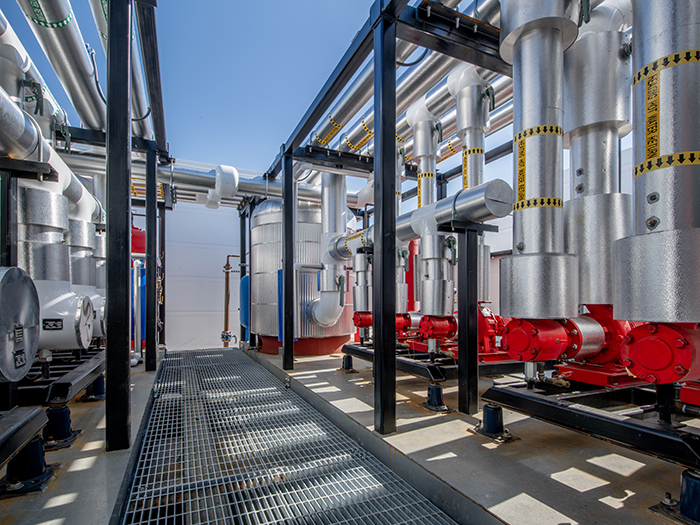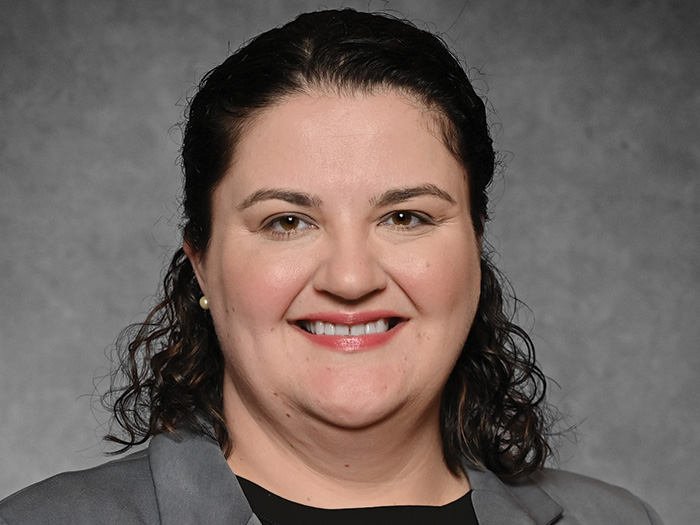These 4 Smart Technologies Will Change Product Recall in 2020
2019 is here which means 2020 is just around the corner. The rapid-fire advances and increased adoption of smart technology will change the way manufacturers detect and respond to product recalls. Here are some of the new technologies on the horizon.
1) Vision Inspection Systems
Vision inspection systems use optical character recognition (OCR) to let robots “see.” The systems can inspect, identify, count and measure products in a wide range of sectors from food to pharmaceuticals. The systems can reduce labeling mistakes because their intelligent image recognition systems match labels to products, check “use by” dates and ensure that the packaging has the right product at the right levels. Additionally, many machine vision systems can be incorporated with other line technologies, streamlining the entire process.
2) Warehouse Execution Systems
The “Holy Grail” for all manufacturers is a system that prevents contaminated products from ever leaving the facility, and recent advances in “smart” software systems show tremendous potential.
A warehouse execution system (WES) is software that combines a warehouse management system (WMS) and a warehouse control system (WCS) into a single application. The WES helps manufacturers and distributors discover and respond to recalls quickly and efficiently because it can determine what specific products need to be recalled and help identify the affected inventory.
WES solutions can also provide automatic alerts when products are contaminated, so manufacturers can prevent bad products from ever leaving the facility. WES systems support track-and-trace from origin to point of sale and easily allow companies to provide their customers with all of the information they need to identify and return recalled products efficiently, saving time and money.
3) Recall Alert Apps
Finally, there’s an app for that!
In 2017, the U.S. Department of Agriculture (USDA) integrated recall information into its FoodKeeper app. A growing number of industries now use apps to alert consumers of recalls. Some retailers even incorporate recall information into their apps, promoting the feature as a public service. There is also a growing use of personalized direct notifications. For example, a consumer with a severe peanut allergy would be able to request real time alerts only for peanut products.
4) Automated Automobile Software Updates
Using over the air fixes to prevent recall fatigue
Automatic over the air (OTA) software updates have been used for laptops and cell phones, and are increasingly being used by the auto industry. Instead of asking drivers to go to the dealer for repairs and replacements, automakers will be able to push OTA updates directly to owners. Ford and General Motors recently announced that some of their 2020 models will have OTA capability that will upgrade vehicles with new features or even remotely fix faulty software.
According to the National Highway Traffic Safety Administration, only 62% percent of recalled cars ever get repaired–even after owners have been sent multiple notices. OTA may eliminate the compliance problems, and save millions of dollars in maintenance work.
From the assembly lines to robotic operations, manufacturing companies have seen once-thought impossible achievements become reality. Smart technologies promise a bright future with fewer recalls.










